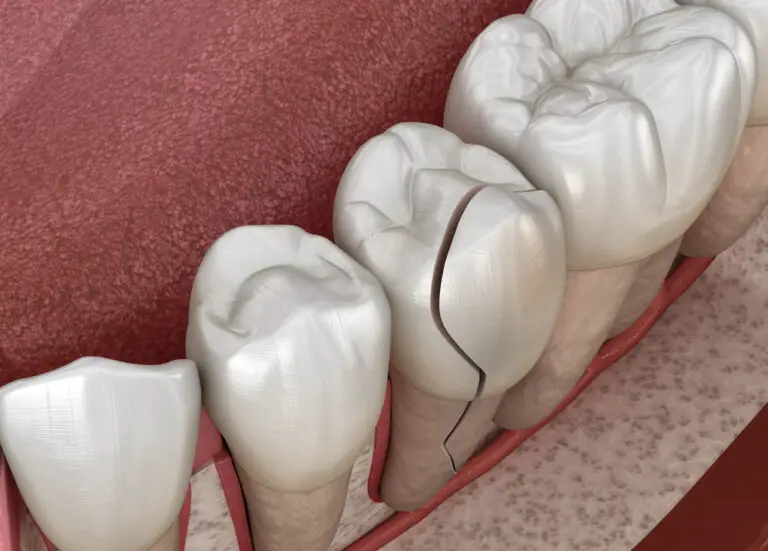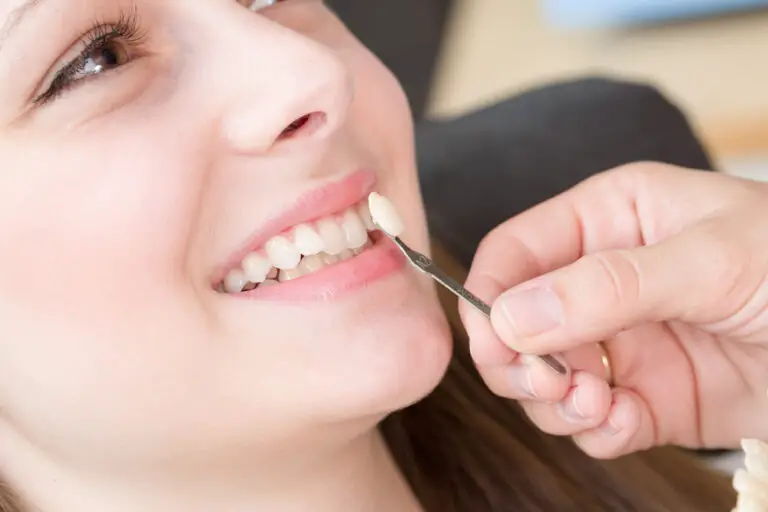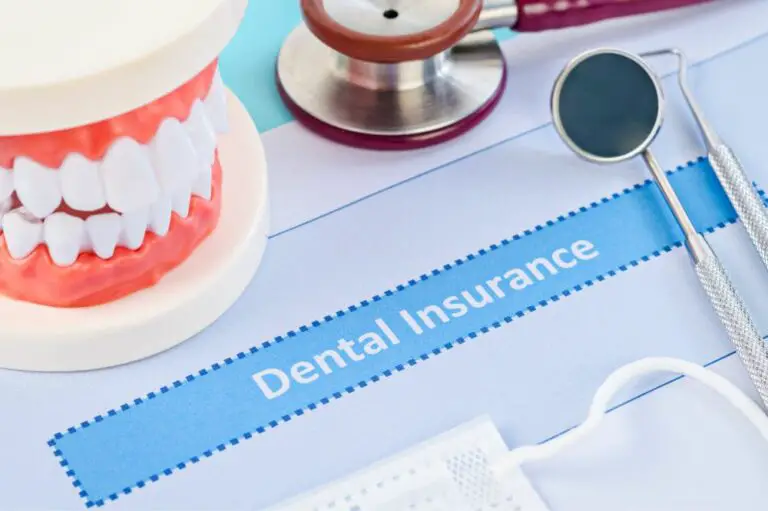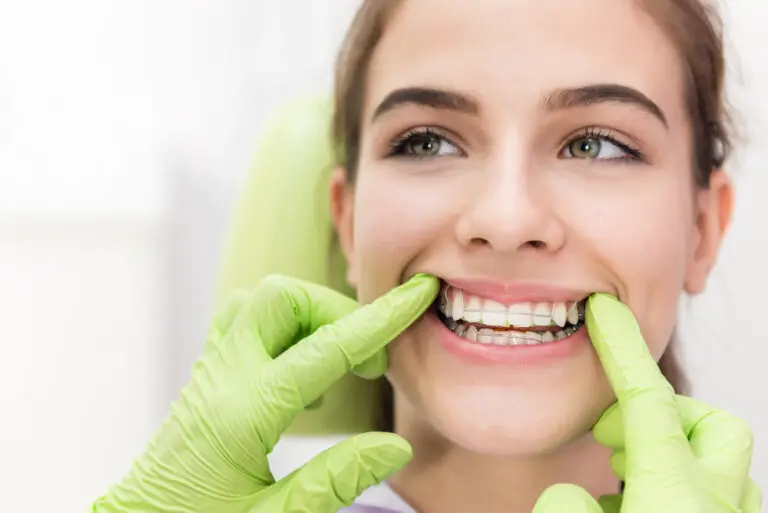Having grey and discolored teeth can be embarrassing and make you feel self-conscious about smiling and showing your teeth. While some gradual yellowing is inevitable as we age, severely grey teeth often make people look older than they are. The good news is that there are a variety of safe and effective methods to significantly whiten and brighten discolored grey teeth. With the right whitening treatments and prevention strategies, you can keep your teeth looking naturally white and youthful.
What Causes Teeth to Turn Grey?
We are all born with gleaming white teeth, but over time certain factors can lead to the gradual development of greyish and yellowed teeth. Here are some of the main causes:
Enamel Thinning and Wear
The enamel is the hard, crystalline outer layer that protects the tooth. As we age, the enamel naturally starts to thin and wear down due to chewing, grinding teeth, acid erosion from drinks and foods, tooth trauma, genetics, and normal wear and tear. As the enamel layer thins, it becomes more translucent and the yellow-hued dentin underneath shows through more noticeably, causing a greyish tint.
Dentin Changes
Underneath the enamel lies the dentin, which is the large bulk of the tooth. Dentin has a pale yellow color naturally due to its higher organic content. As we get older, the dentin becomes thicker while the tubules within it undergo changes in size, shape and configuration. These structural changes in the dentin alter how light is absorbed and reflected, leading to a darker and greyer coloration.
Reduction of Natural Whitening Agents
Teeth naturally contain organic compounds such as lipids, carotenoids, and other antioxidants that have intrinsic whitening and bleaching properties. Studies have shown that the quantity of these naturally occurring tooth whiteners decreases in dental tissues over time. This reduction contributes to gradual yellowing and grey discoloration.
Increased Staining
With age, teeth become more porous and prone to staining from foods, drinks, tobacco, medications, and poor oral hygiene. Repeated exposure to dark pigments leads to penetration and buildup of stains within the enamel that can be difficult to remove. Greyish discoloration often occurs along the gumline due to excess plaque accumulation.
Less Saliva Production
Saliva helps to naturally wash away acids and staining compounds from the teeth. As saliva production decreases with age, there is less innate rinsing of staining debris. Dry mouth exacerbates discoloration due to insufficient salivary flow.
Fluorosis
Consuming excessive fluoride during early childhood tooth development can sometimes lead to a condition called dental fluorosis. This results in opaque white markings and mottled enamel that appears darkened and greyish in appearance. Fluorosis is caused by overexposure to fluoridated water, swallowing too much toothpaste, or other fluoride overdose during the formative years under age 8.
Medications and Medical Conditions
Certain prescription drugs such as tetracyclines, blood pressure medications, antihistamines, antipsychotics, and chemotherapeutics are known to cause greyish-brown tooth discoloration over time. Medical conditions like tooth damage and decay, enamel hypoplasia, and pulp necrosis can also lead to greyish teeth.
Professional Whitening Options to Reverse Grey Teeth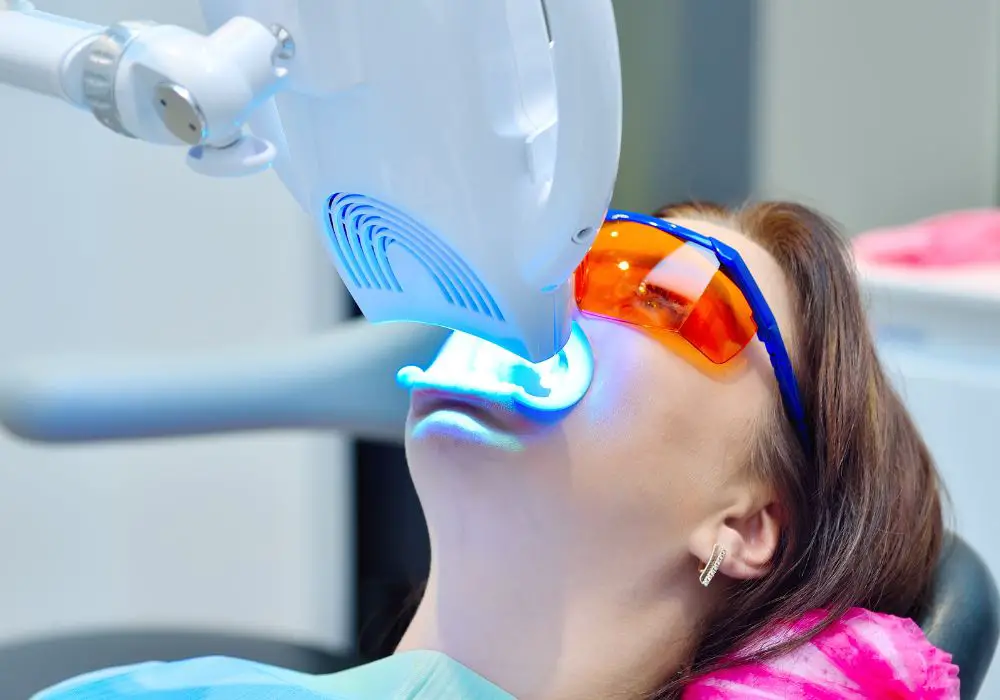
While your teeth will continue to darken gradually over time, significant whitening and lightening of greyish discoloration is possible through professional bleaching treatments. Here are some of the most effective ways to safely and dramatically whiten grey teeth:
1. In-Office Whitening
In-office whitening performed at the dentist’s office can lighten teeth by up to 8 shades in a single 30-60 minute treatment session. Your gums will be protected with a rubber dam or gel. Then the teeth are painted with a highly concentrated, chemically activated 35% carbamide peroxide whitening gel. A special curing light is shone on the teeth to accelerate and enhance the bleaching action. Repeat visits may further improve results.
2. Custom-Fitted Whitening Trays
Your dentist can take mouth impressions in order to have customized, close-fitting plastic trays fabricated. These trays are filled with a prescription strength whitening gel containing 10-22% carbamide or hydrogen peroxide. You wear the trays snugly over your teeth for 1-2 hours daily or overnight while sleeping for up to 2 weeks until desired whitening is achieved. This is considered the gold standard treatment.
3. Whitening Strips
Thin, flexible strips that mold and adhere closely to the teeth can be purchased over-the-counter or prescribed in higher strengths by your dentist. The strips are coated with peroxide whitening gel and worn for 30 minutes twice daily for up to 2 weeks for noticeable lightening of greyish discoloration.
4. Other In-Office Procedures
Dentists can enhance certain whitening techniques by adding in the use of lasers, halogen or plasma arc lamps, ultrasonic devices or photodynamic therapy to further accelerate the bleaching effect on severely grey teeth.
5. Take-Home Whitening Kits
Convenient whitening kits containing custom-fitted trays, applicator syringes and carbamide peroxide gel can be provided by your dentist for at-home use. The dentist will take molds of your teeth to fabricate trays that fit your teeth precisely to hold the whitening gel against the teeth surfaces while you sleep or for periodic daily use until satisfied with the shade lightening. More affordable than in-office visits.
Over-the-Counter Whitening Products
For moderate greyish discoloration, over-the-counter whitening toothpastes, gels, rinses, strips, and trays with weaker peroxide concentrations may provide satisfactory lightening over an extended period of consistent use:
- Whitening Toothpastes – Contain polishing agents and chemicals such as baking soda, hydrogen peroxide, or papain enzyme to help gently scrub away surface stains with regular brushing.
- Whitening Gels and Rinses – Peroxide-based gels applied with a brush or mouth rinses swished around the teeth to oxidize and lift stains from enamel over a few weeks with daily use.
- Teeth Whitening Strips – Thin, flexible strips coated with 5-7% hydrogen peroxide that stick to teeth and are worn for 30 minutes, twice daily for up to 2 weeks.
- Whitening Trays – Come with plastic trays pre-filled with bleaching gel applied to teeth daily at home for 1-2 weeks. Weaker peroxide concentrations than professional trays.
Over-the-counter options produce gradual lightening of greyish teeth over time. They may not correct severely discolored teeth in the short term but can make them less noticeably yellow.
Alternative Home Remedies
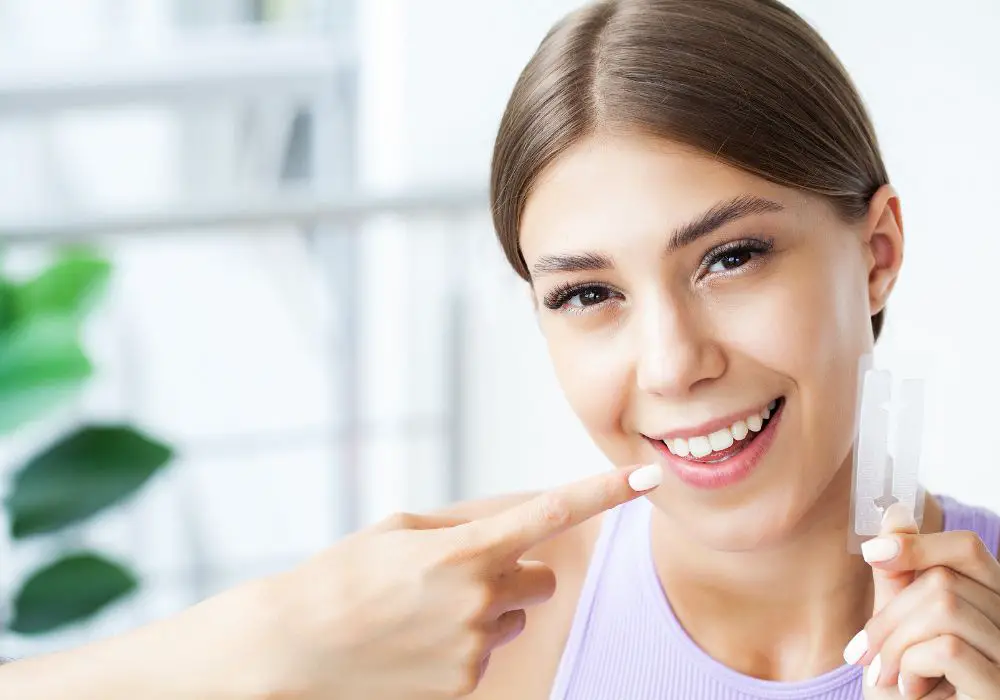
Some alternative, natural teeth whiteners and abrasives may also help lift surface stains from grey teeth when used diligently over time. These include:
- Baking Soda – Acts as a mild abrasive to scrub away staining. Make a paste with water and brush gently onto teeth. Rinse thoroughly afterwards.
- Activated Charcoal – Has detoxifying properties that may pull toxins from teeth. Mix with water and brush onto teeth occasionally, taking care not to overuse.
- Strawberries – Contain malic acid that removes discoloration on enamel. Mash into a paste and brush over teeth, then rinse.
- Apple Cider Vinegar – Swish diluted ACV around the mouth for a few minutes daily to breakdown staining over time.
- Coconut Oil Pulling – Swish a tablespoon of coconut oil in the mouth for 15-20 minutes to help extract stains before spitting out.
- Lemon Juice – Contains citric acid to break down surface stains. Mix with baking soda and brush onto teeth sparingly to avoid eroding enamel.
- Hydrogen Peroxide – Has mild bleaching abilities. Dilute with water and swish or use as mouth rinse twice weekly.
Be patient with natural approaches as it can take weeks to notice a gradual whitening effect. Use sparingly and discontinue if you experience any sensitivity or irritation.
Preventing Teeth From Turning Grey
While limited greying over time is normal, implementing healthy oral habits can minimize discoloration decades down the road:
- Brush twice and floss once daily to prevent plaque buildup near the gumline. This also removes surface stains before they penetrate enamel.
- Have dental cleanings every 6 months to get stains professionally removed before they intensify.
- Avoid smoking and chewing tobacco as these are major causes of tooth discoloration.
- Drink stain-causing beverages like coffee, tea, red wine and soda through a straw to bypass teeth. Also, rinse mouth with water after consuming them.
- Limit contact time with strongly pigmented foods like berries, tomato sauce, soy sauce, and curries which can stain teeth over time.
- Get dental restorations done promptly if you have any cracked, damaged, or leaky fillings which allow stains to seep underneath and cause greyish shading.
- Use mouthguard if grinding teeth at night to protect against abrasion that accelerates enamel thinning and yellowing.
- Stay hydrated and avoid dry mouth which allows more staining. Drink water frequently and use moisturizing mouth rinses if needed.

Conclusion
Graying of teeth is an inevitable part of aging, but significant lightening and whitening of discolored teeth is achievable through professionally administered bleaching treatments or consistent use of over-the-counter whitening products. Avoiding staining items, maintaining diligent oral hygiene habits, getting regular dental care, and doing periodic at-home whitening can keep your smile looking youthful and bright well into old age. However, greyish enamel discoloration may not be completely reversible depending on the underlying causes and baseline tooth shade. Consulting your dentist helps determine options suitable for your degree of grey tooth discoloration. With the right game plan, you can keep your teeth looking naturally white and minimize those greyish shadows from taking over your smile.
Frequently Asked Questions
Q: Why are my teeth grey at a young age?
A: There are a few potential reasons why teeth can turn grey prematurely at a younger age, including:
- Enamel hypoplasia or lack of enamel thickness making the underlying yellowish dentin more visible
- Tetracycline antibiotic usage during tooth development causing intrinsic staining
- Fluorosis from early childhood overexposure to fluoride
- Trauma, chipping or cracking that allows stains entry
- Bruxism or grinding that wears down the enamel layer
- Consumption of heavily pigmented foods and staining beverages like coffee, wine, soda and tea
See your dentist to determine the exact cause of greyish discolored teeth.
Q: Can you reverse grey teeth naturally?
A: Natural home remedies can help remove some surface stains gently over time but are generally not as effective at reversing the inner grey color as professional whitening treatments or consistent use of peroxide-based whiteners. The most dramatic natural lightening comes from avoiding stain-causing foods and drinks, brushing diligently with whitening toothpaste, trying home remedies like baking soda or strawberries occasionally, and getting routine professional cleanings. But for more significant whitening of greyed teeth, bleaching is required.
Q: How much does it cost to get your teeth professionally whitened?
A: On average, in-office professional whitening costs $500-1000 per visit. Custom-fitted take-home whitening trays from your dentist run $300-800. Over-the-counter options range from $20 for whitening strips to $100 for whitening kits. Insurance does not usually cover cosmetic teeth whitening costs. Shop around for deals and whitening specials. The investment can be worth it to reverse years of grey discoloration.
Q: Can charcoal damage your teeth enamel?
A: Activated charcoal has recently gained popularity for its supposed teeth whitening abilities. However, many dentists warn that charcoal is too abrasive and can damage tooth enamel and dentin with aggressive scrubbing or overuse. Mild charcoal use may lift some surface stains but also wears away enamel in the process. Relying solely on charcoal risks eroding enamel leading to even more yellowing. Gentler whitening methods are recommended.
Q: What foods naturally whiten teeth?
A: Some foods that may support natural teeth whitening due to their abrasive textures, antioxidant content, or enzyme cofactors include: pineapples, apples, pears, celery, carrots, broccoli, spinach, yogurt, cheese, nuts, seeds, and green tea. Their cleansing effects and nutrients gradually lift surface stains over time when consumed regularly. While not as dramatic as bleaching treatments, a healthy diet helps avoid stains.


